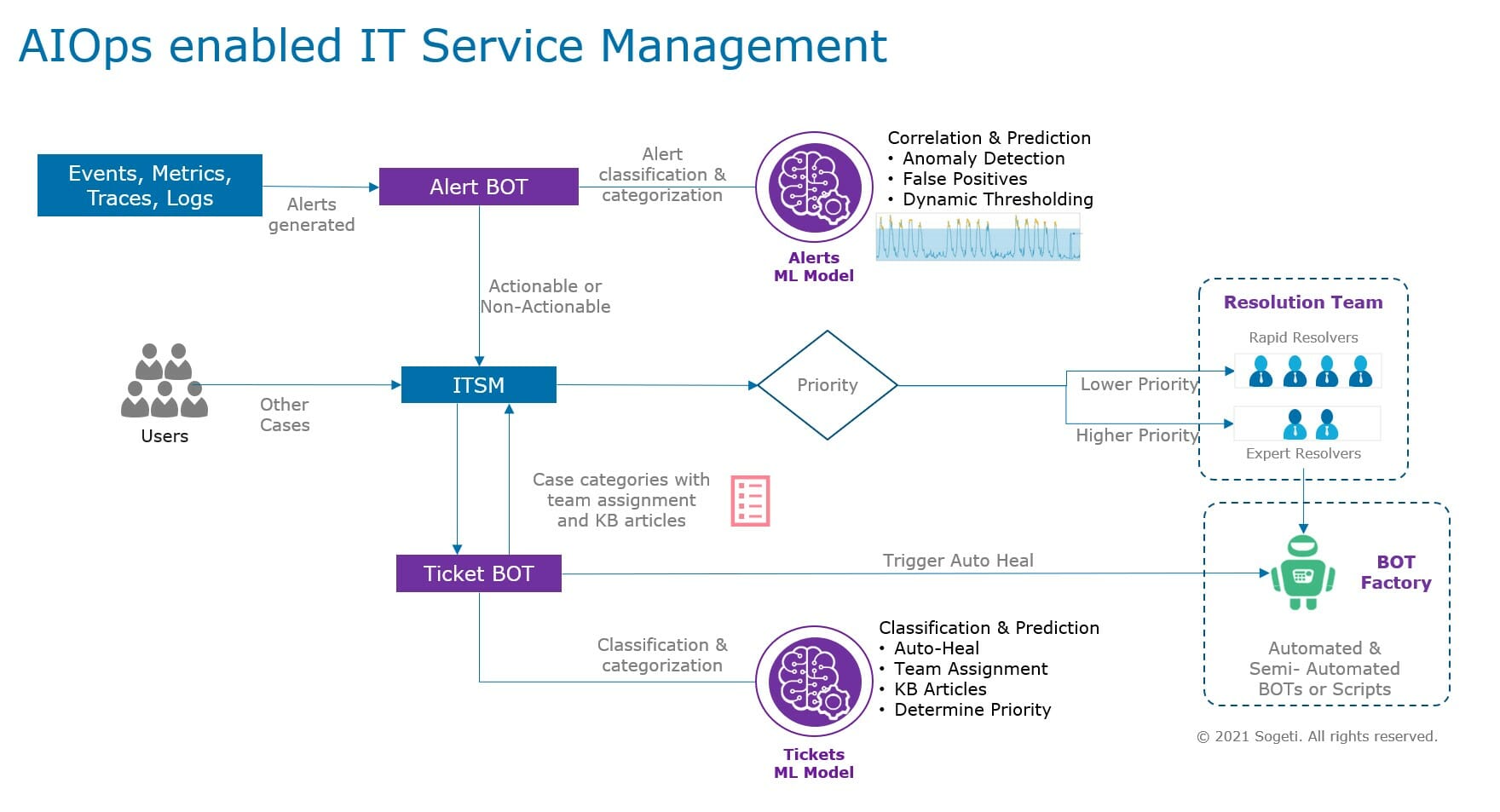
GPAI stands for Global Partnership on Artificial Intelligence. It's a multidimensional system used to assess the game's performance. The United States, Canada, and Poland are the founding members. Initialy, the GPAI was made up of 15 countries. Today, the GPAI has 25 member countries. This includes the United States (USA), Australia, Brazil and the Czech Republic. Here's the essence of GPAI.
GPAI, a global alliance for AI, is a part of the GPAI.
Global Partnership on Artificial Intelligence (GPAI), a multi-stakeholder, international initiative focusing on responsible use/development of artificial Intelligence. GPAI provides a forum for all stakeholders to discuss the benefits and risks of AI and how they can be used ethically and responsibly. This initiative is constantly being updated with new technologies. Here's a quick overview.

It's multidimensional and designed to measure player performance.
A GPAI (Game Performance Assessment Instrument) is a multidimensional system designed to measure various game performance behaviors, including tactical knowledge and the ability to solve tactical problems. This multidimensional system has many uses and can be used both in experimental and field studies. The GPAI was created by game performance experts who also have experience in assessing player's actual game performance.
It is a global partnership in AI
The Global Partnership on Artificial Intelligence, a multi-stakeholder initiative, aims to promote responsible artificial intelligence use and development. The Global Partnership on AI (GPAI) is a forum that allows organizations and government agencies to exchange knowledge and best practice. The goal of the GPAI is to create a culture of responsible artificial intelligence development. GPAI's mission statement includes four main goals:
It is supported by the OECD
The OECD supports GPAI. GPAI is a multistakeholder forum dedicated to fostering AI. Its principles are supported by the G20 and are designed to foster innovation and development of AI. The GPAI Secretariat will support the initiative with managerial and research assistance. The GPAI Multistakeholder Experts Group Plenary, which will be held every year in Paris as well as Montreal, will be organized. Its inaugural meeting is scheduled for December 2020 in Montreal.
It has two Centres Of Expertise
The French and Canadian governments launched the GPAI, a global initiative. It brings together representatives from Canada and Australia as well the European Union, Japan (Japan), Mexico, Canada, Australia, and the United Kingdom. It is organized by two Centres of Expertise: Montreal and Paris. Each Centre hosts an annual plenary meeting featuring a high-ranking expert panel. The OECD hosts GPAI’s secretariat.

It is supported in part by UNESCO
UNESCO has joined the Global Partnership for Artificial Intelligence Movement (GPAI). UNESCO is a member of GPAI and can participate in its activities. It has already started. Presidents of France and Canada have opened the Council, which was created to provide strategic direction for GPAI. Its members include Gabriela Ramos of UNESCO, Assistant Director-General for Social and Human Sciences.
FAQ
What can AI be used for today?
Artificial intelligence (AI), also known as machine learning and natural language processing, is a umbrella term that encompasses autonomous agents, neural network, expert systems, machine learning, and other related technologies. It's also known as smart machines.
Alan Turing created the first computer program in 1950. He was intrigued by whether computers could actually think. He suggested an artificial intelligence test in "Computing Machinery and Intelligence," his paper. The test seeks to determine if a computer programme can communicate with a human.
John McCarthy in 1956 introduced artificial intelligence. He coined "artificial Intelligence", the term he used to describe it.
We have many AI-based technology options today. Some are very simple and easy to use. Others are more complex. They range from voice recognition software to self-driving cars.
There are two main categories of AI: rule-based and statistical. Rule-based uses logic in order to make decisions. A bank account balance could be calculated by rules such as: If the amount is $10 or greater, withdraw $5 and if it is less, deposit $1. Statistic uses statistics to make decision. For instance, a weather forecast might look at historical data to predict what will happen next.
Who invented AI and why?
Alan Turing
Turing was created in 1912. His father was a priest and his mother was an RN. He was an exceptional student of mathematics, but he felt depressed after being denied by Cambridge University. He discovered chess and won several tournaments. After World War II, he was employed at Bletchley Park in Britain, where he cracked German codes.
He died in 1954.
John McCarthy
McCarthy was born in 1928. Before joining MIT, he studied maths at Princeton University. The LISP programming language was developed there. He had laid the foundations to modern AI by 1957.
He passed away in 2011.
How will governments regulate AI
AI regulation is something that governments already do, but they need to be better. They need to ensure that people have control over what data is used. And they need to ensure that companies don't abuse this power by using AI for unethical purposes.
They also need ensure that we aren’t creating an unfair environment for different types and businesses. Small business owners who want to use AI for their business should be allowed to do this without restrictions from large companies.
What is the state of the AI industry?
The AI industry is growing at a remarkable rate. By 2020, there will be more than 50 billion connected devices to the internet. This will mean that we will all have access to AI technology on our phones, tablets, and laptops.
Businesses will have to adjust to this change if they want to remain competitive. Companies that don't adapt to this shift risk losing customers.
Now, the question is: What business model would your use to profit from these opportunities? Would you create a platform where people could upload their data and connect it to other users? Or perhaps you would offer services such as image recognition or voice recognition?
No matter what you do, think about how your position could be compared to others. Although you might not always win, if you are smart and continue to innovate, you could win big!
Statistics
- More than 70 percent of users claim they book trips on their phones, review travel tips, and research local landmarks and restaurants. (builtin.com)
- While all of it is still what seems like a far way off, the future of this technology presents a Catch-22, able to solve the world's problems and likely to power all the A.I. systems on earth, but also incredibly dangerous in the wrong hands. (forbes.com)
- A 2021 Pew Research survey revealed that 37 percent of respondents who are more concerned than excited about AI had concerns including job loss, privacy, and AI's potential to “surpass human skills.” (builtin.com)
- Additionally, keeping in mind the current crisis, the AI is designed in a manner where it reduces the carbon footprint by 20-40%. (analyticsinsight.net)
- That's as many of us that have been in that AI space would say, it's about 70 or 80 percent of the work. (finra.org)
External Links
How To
How to make Alexa talk while charging
Alexa, Amazon's virtual assistant can answer questions and provide information. It can also play music, control smart home devices, and even control them. You can even have Alexa hear you in bed, without ever having to pick your phone up!
You can ask Alexa anything. Just say "Alexa", followed by a question. With simple spoken responses, Alexa will reply in real-time. Alexa will improve and learn over time. You can ask Alexa questions and receive new answers everytime.
You can also control other connected devices like lights, thermostats, locks, cameras, and more.
Alexa can be asked to dim the lights, change the temperature, turn on the music, and even play your favorite song.
Alexa to Call While Charging
-
Step 1. Turn on Alexa Device.
-
Open Alexa App. Tap Settings.
-
Tap Advanced settings.
-
Select Speech recognition.
-
Select Yes, always listen.
-
Select Yes, wake word only.
-
Select Yes, then use a mic.
-
Select No, do not use a mic.
-
Step 2. Set Up Your Voice Profile.
-
You can choose a name to represent your voice and then add a description.
-
Step 3. Step 3.
Use the command "Alexa" to get started.
Example: "Alexa, good Morning!"
Alexa will reply to your request if you understand it. Example: "Good morning John Smith!"
Alexa won’t respond if she does not understand your request.
-
Step 4. Restart Alexa if Needed.
If necessary, restart your device after making these changes.
Notice: If you have changed the speech recognition language you will need to restart it again.